As temperatures plunge, Kirk Norbury wraps up warm to explain how to shoot the best winter landscapes
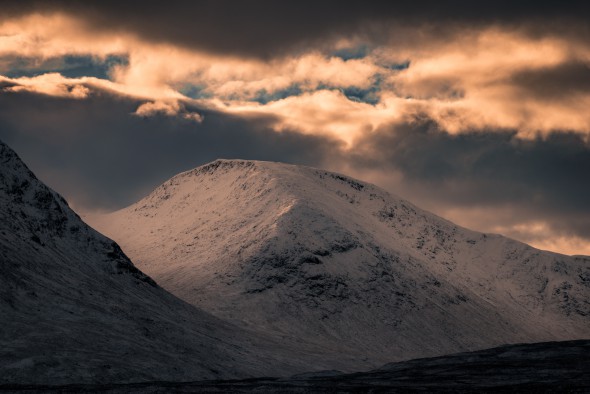
Glen Coe. All images by Kirk Norbury
Photographing frozen landscapes has been a passion of mine for some time now, and I find myself waiting every winter for those cold nights to draw in and physically change the landscape around me.
Watching the early morning golden light as it dances along the morning frost has always fascinated me. I didn’t realise how much I enjoyed photographing frozen landscapes until I made my first visit to Iceland back in 2013.
In this article I’m going to go through what I love about photographing frozen landscapes, what to look for and what to remember when out with your camera.
What to look for
Fresh snow
I’m always on the lookout for fresh snowfall. Where you live can play a huge part in whether your chances of getting snow are higher or lower during the winter months – I live in Scotland so my chances are pretty high and in most cases if there is snowfall I don’t need to drive that far to find a winter wonderland.
To make sure I’m not disappointed I tend to keep an eye on the weather forecast most days to see if there are any changes happening, or a possible weather front building.
Snowy landscapes are great for being more creative with your photography; the landscape loses colour and all you see is a dominance of white and black throughout the scene.
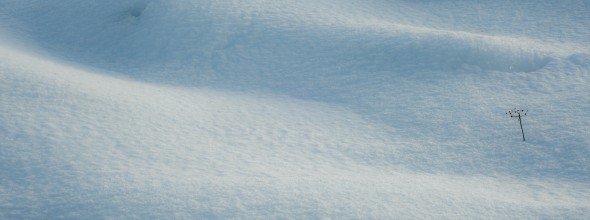
As landscape photographers we tend to shoot the wide angles first, getting everything in the frame and seeing what happens. With snow I like to get close up straight away, showing the fine details and beautiful patterns as it won’t be long before they’re gone.
When looking for interesting patterns you never really know what you’re looking for until you find it, so the best thing to do is go for a walk around and keep an eye on the ground until something stands out to you. I love to try and create miniature landscapes, making a small area of snow feel like a larger scene, as can be seen in the image below.
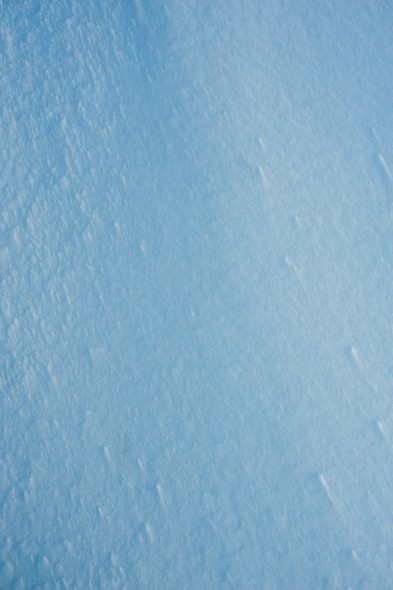
Snow patterns
Ice
When freezing cold temperatures fill the landscape, water turning to ice is inevitable. And if you thought patterns in the snow were interesting, ice takes it to a whole new level. I love the way light bounces off the ice and refracts through it.
I truly fell in love with photographing ice when I first visited Iceland and one of the most famous places to visit for ice is the Jokulsarlon lagoon, where you can see ice floating around but also find chunks of it that have washed up on the beach further down.
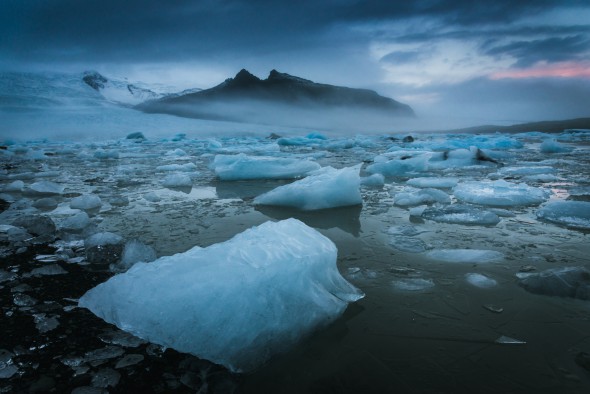
When I’m looking for a piece of ice with photographic potential, there are many things I’m looking out for. First of all, I’m checking out the shape of the ice: what are the patterns like on it? I’m also looking to see how the light is passing through it as that is pretty crucial if you want an interesting foreground. With the light I’m looking to see how it is reflecting through the ice and if it’s increasing the saturation of the ice or decreasing it.
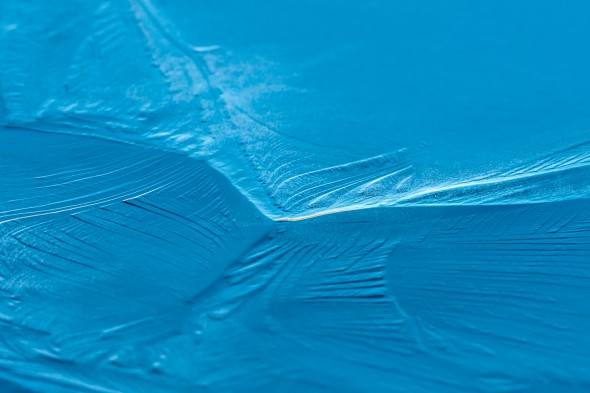
A close-up of frozen water on a large pond, Scotland
Back in Scotland I try to find ice around waterfalls as these can be very interesting to photograph especially when only a small portion of the waterfall is unfrozen.
Winter light
One of the reasons that winter is my favourite season to shoot is the gorgeous light that is a result of the sun being low in the sky throughout the day. Due to this low light, sunrise and sunsets last longer, so you get more time to play around with your compositions. The absence of green and the dominance of white in the landscape also make for great, visually distinctive compositions.
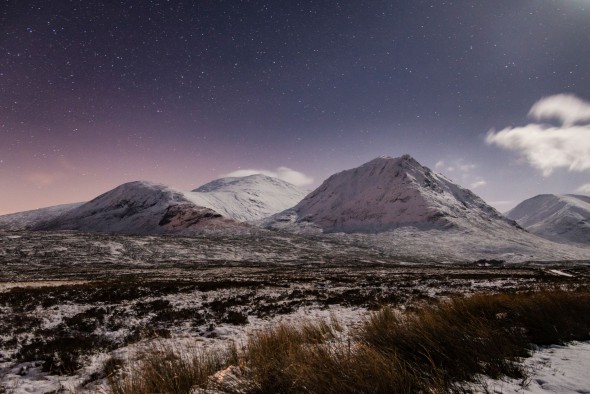
Glen Coe
Things to be aware of
Batteries
Your camera’s batteries are going to die much faster in cold weather. I always carry spare batteries when working in cold conditions as you cannot predict how long they will really last. When carrying spare batteries keep them in an inside pocket so your body heat will keep them warm. Also, if you’re going to be doing a lot of walking, it’s probably best to keep your camera in your backpack until you actually need to use it.
Condensation
One thing I see all the time when working in cold conditions is condensation build-up on lenses. This is caused by cameras being out in the cold for the long periods of time and then quickly taken out of the bag and brought into a warm house. The best thing to do to prevent this is put the camera in your bag outside and keep it in the bag inside the house for around 30 minutes before taking it out. I also keep a couple of silica gel packs inside my backpacks in case any moisture starts to build up inside.
Keeping warm
When out taking pictures you are expressing your artistic style, and I for one cannot do this to the best of my ability if I am distracted. When out in freezing temperatures, if you are not wearing clothing that is warm and comfortable then your art may suffer. So make sure to wear plenty of layers, pack extra clothing and get yourself a decent pair of practical gloves that keep you warm while still allowing you to operate a camera.
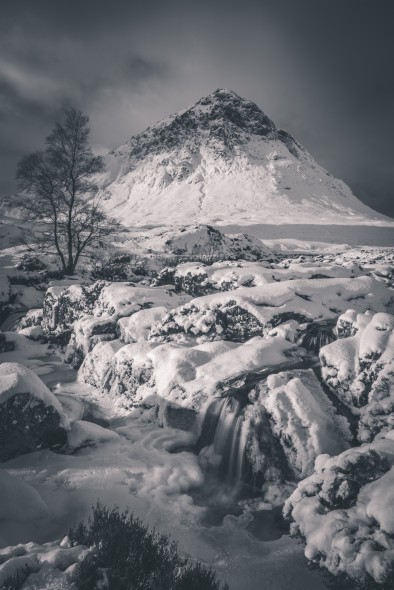
Glen Etive
Conclusion
Photographing winter wonderlands can be rare and frustrating at times, involving a lot of sitting around during the winter months hoping for the weather to change. My advice is to be patient and keep an eye on the weather and if it snows just get out there with your camera. Even if the weather isn’t great, get out there, and I’m sure you’ll feel better about your frozen hands once you see your images.
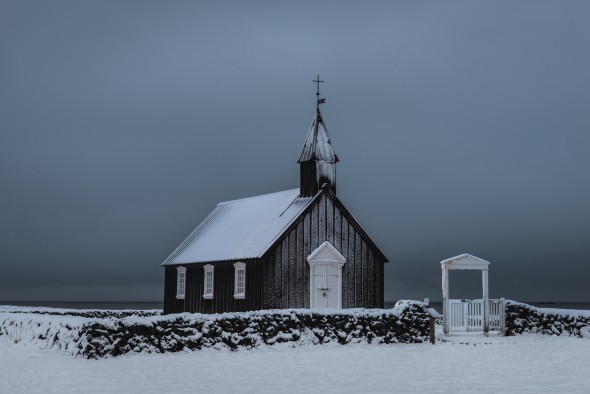
About the Author
Kirk Norbury is a nature photographer and cinematographer based in Ayr, Scotland. You can find out about the workshops he runs and view more of his work on his website.
Related articles
Exploring The Isle of Harris
A Photographer’s Guide to the Isle of Skye
How To Use Focus Stacking For Landscape Photography

